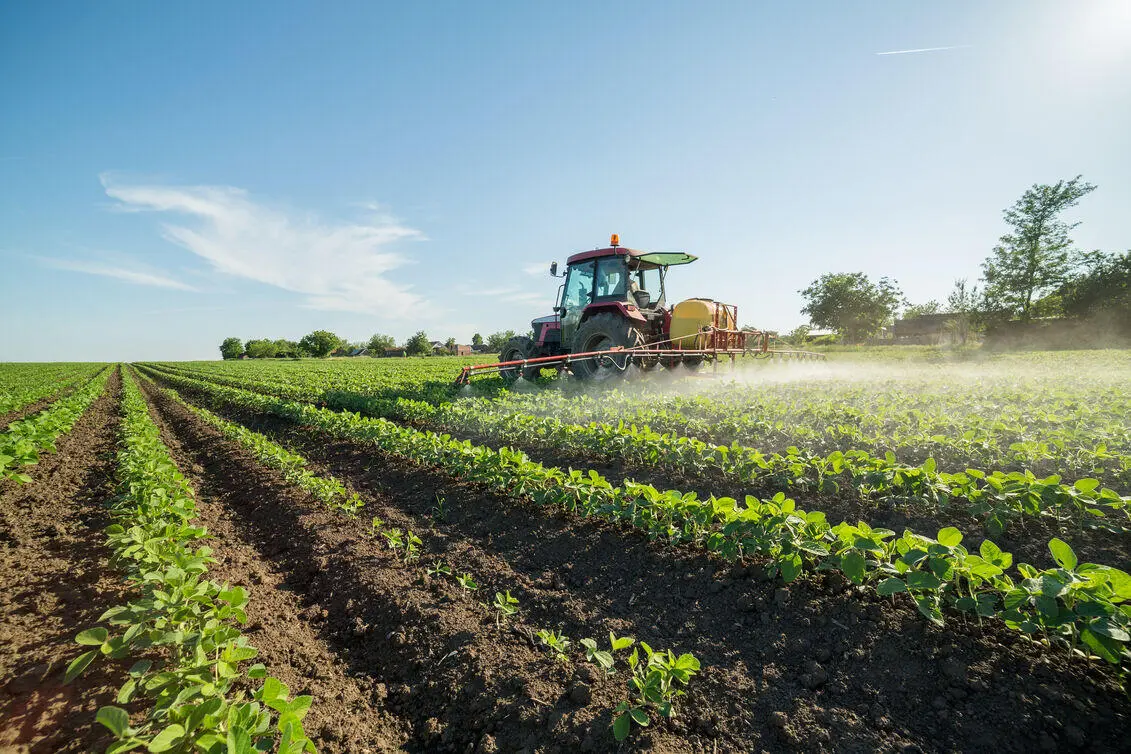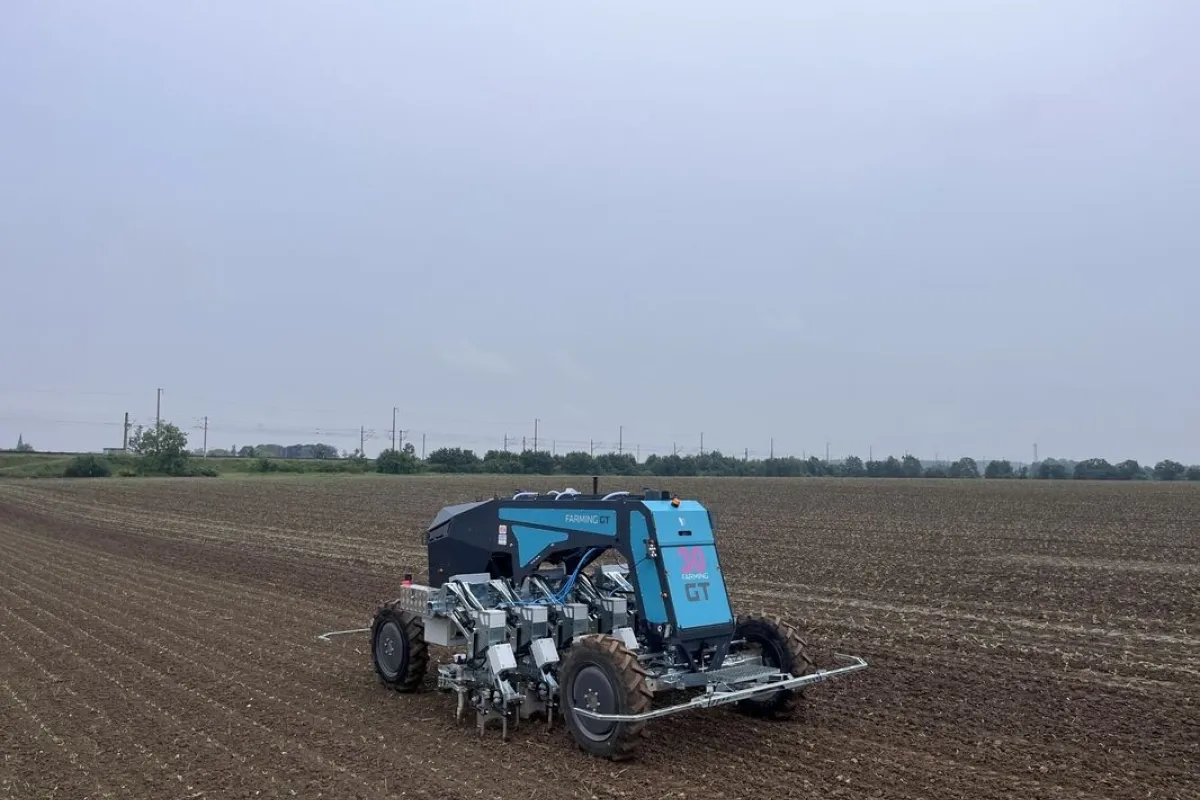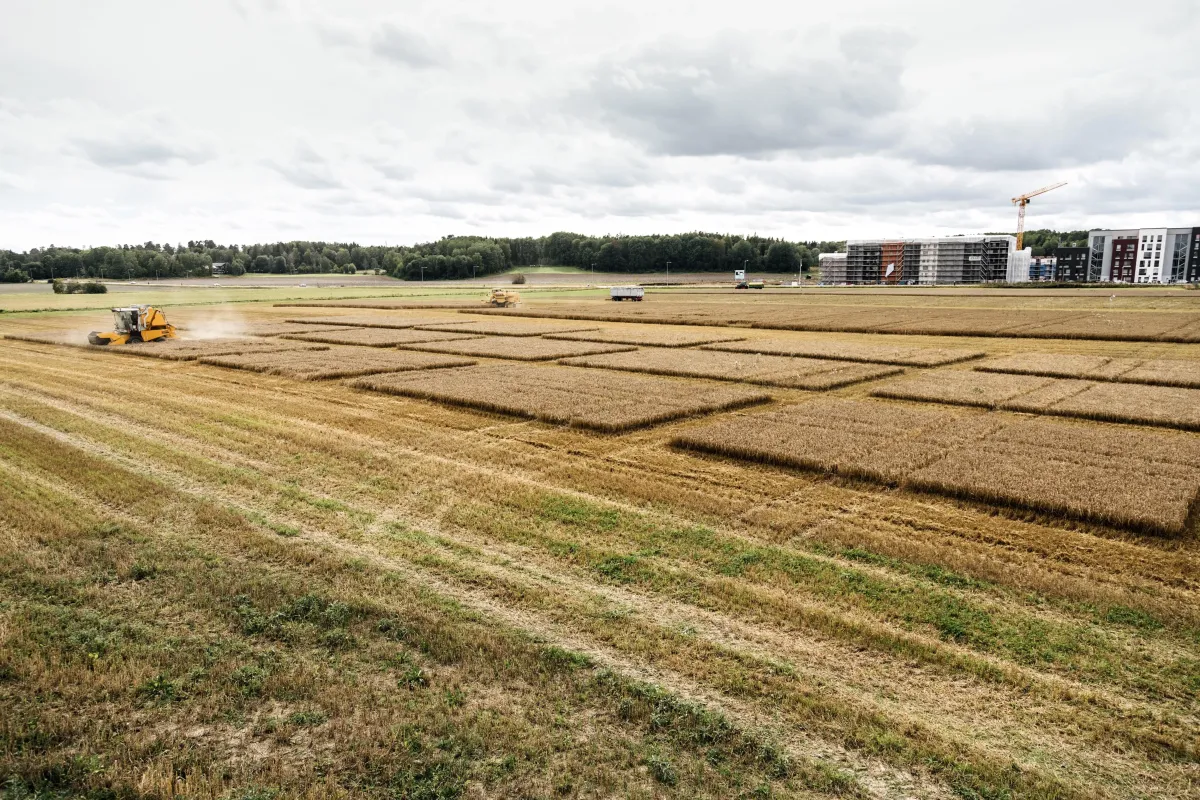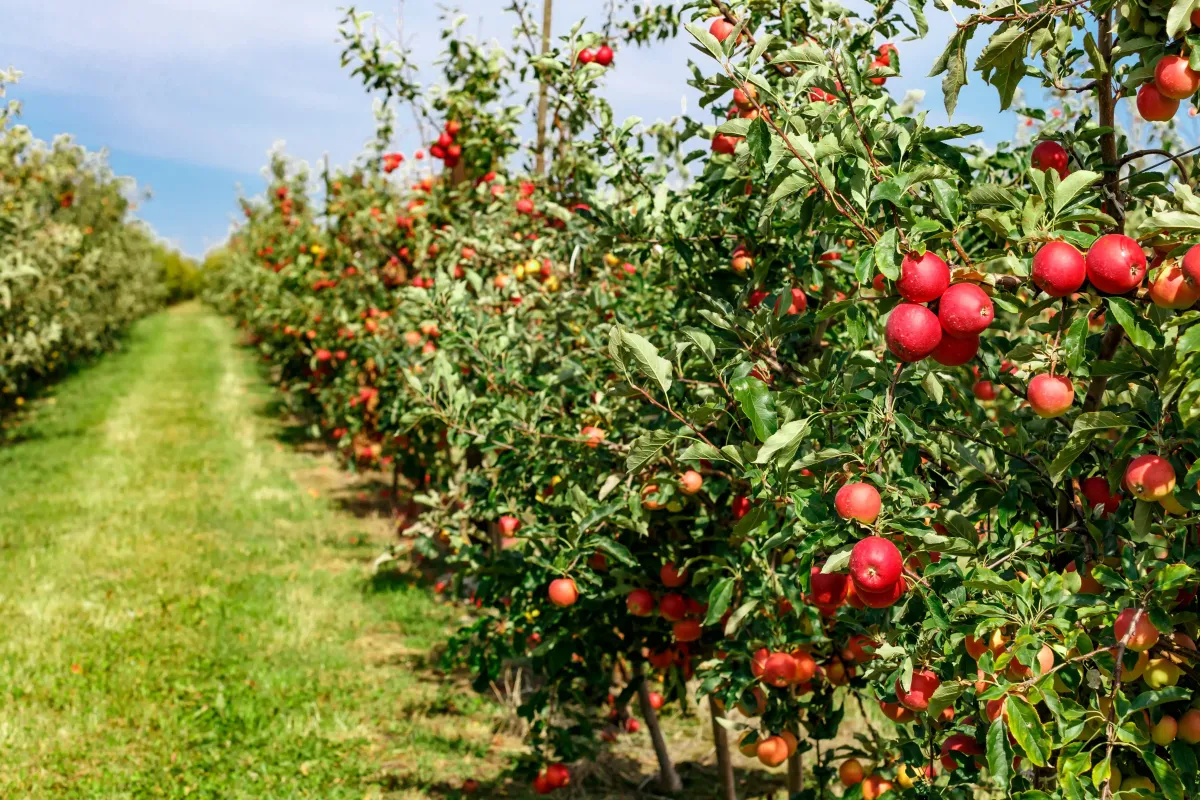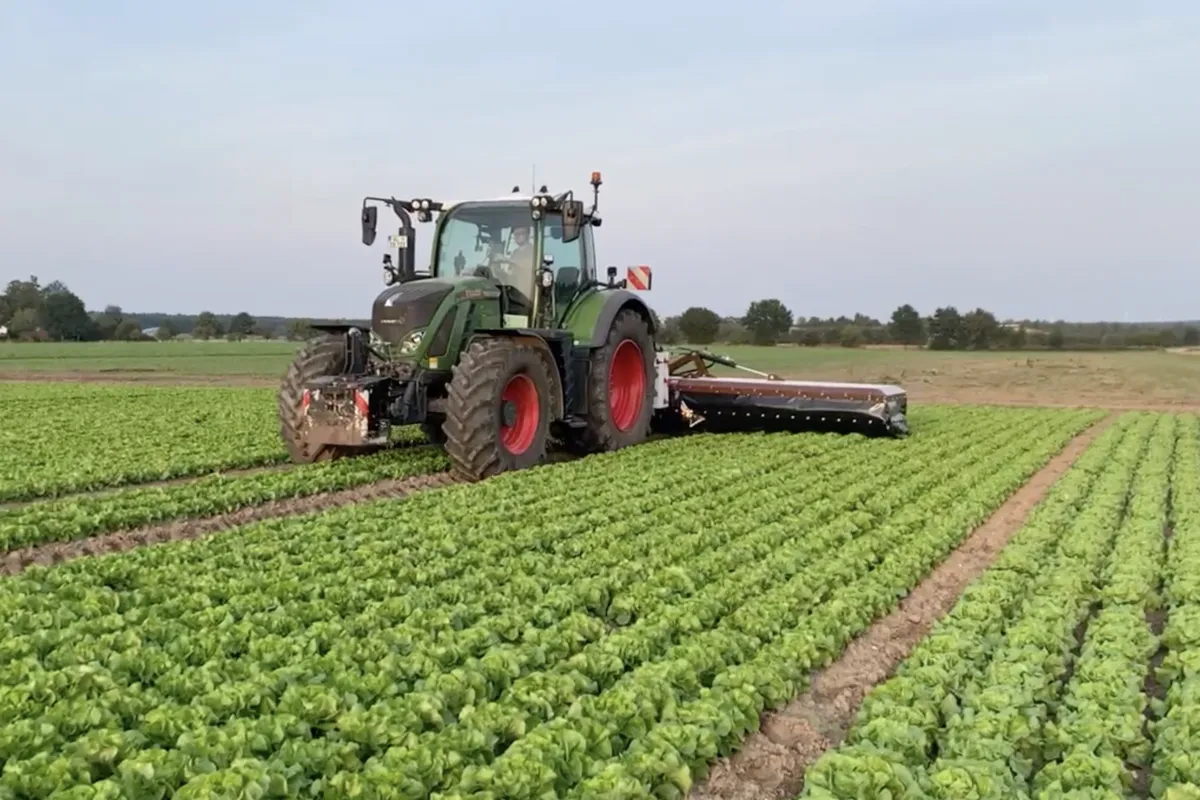
Overview
To deliver this service, we identify key areas that contribute to the overall environmental footprint of the system and quantify its overall environmental sustainability (based on metrics such as, e.g., energy consumption levels, water usage, impact of chemical inputs, and others). The service provides the customers with the results of the LCA analysis and with a set of actionable recommendations to improve the environmental sustainability of their system. LCA analysis becomes difficult to perform when the machine involves AI or robotics: specialised knowledge of these fields is needed to correctly consider them and their impact on machine operation. For this reason, this service benefits from the expertise not only of LCA professionals but also of AI and robotics experts.
More about the service
Performing a life cycle assessment analysis of a new machine at the design or pre-production stage allows the manufacturer to optimise their product from the LCA viewpoint and to make it more attractive on the market as a sustainable and responsible innovation.
The fact that the team performing the analysis includes both agronomists anders who are experts in AI and robotics ensures that these aspects are given the correct consideration in the analysis. It also provides the customer with the possibility of interacting with the whole team in post-analysis activities.
In the final phase of the service, the customer receives the results of the LCA analysis and a set of actionable recommendations to improve the environmental sustainability of their system, based on their measured starting point thanks to the LCA analysis. During this phase the customer, if needed, can request additional consultation with the service provider and support to interpret both the LCA results and the recommendations.
Example service: The customer is a manufacturer of weeding machines interested in replacing an obsolete model in their catalogue with a new design incorporating AI control, aiming at providing products with reduced environmental impact. Through the LCA analysis, the customer will receive a complete overview of the environmental footprint of the new design based on its specifications and features: estimated lifespan, estimated emissions of the weeding machine from fuel used during operation, typical energy usage trends based on the customer’s practices, emissions related to transport of the machine from manufacturer to facility, end-of-life disposal options, and so forth.
The impact of the AI control on each of these aspects, where relevant, will be considered in the analysis. The outcome of this Life Cycle Assessment can subsequently be incorporated into the documentation of the new product, thus providing prospective customers with LCA information prior to the purchase of the machine.
